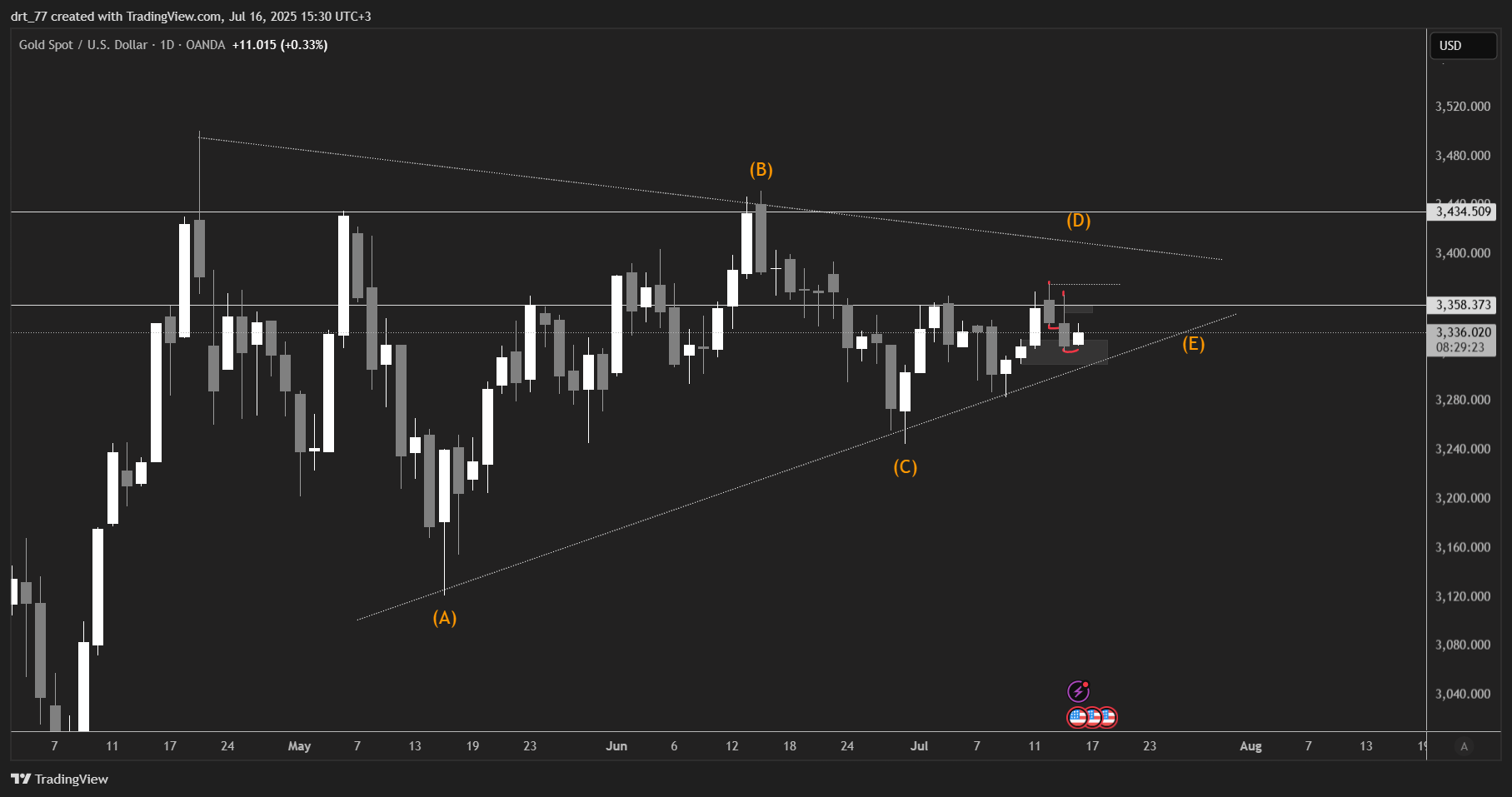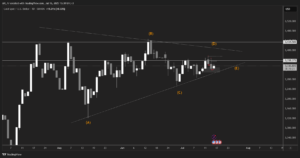The Top 5 Things to Watch in the Markets Next Week
Investors are eagerly anticipating key inflation data on Wednesday, looking for new clues about the potential extent of the Federal Reserve’s expected rate cuts in September. It seems likely that markets will remain volatile, while retail earnings will be closely watched for signs of consumer spending strength. Here’s a look at what’s happening in the markets next week.
1. Consumer Price Index Data
The July Consumer Price Index (CPI) data is expected to show that inflation continues to decline, approaching the Federal Reserve’s 2% annual target.
A reading showing only a modest slowdown would ease concerns that the Fed has pushed the economy into a recession by keeping interest rates high for too long. However, a weak report could amplify recession fears, leading to further market volatility.
The economic calendar also includes July retail sales data and the weekly report on initial jobless claims.
Investors will also have the chance to hear from several Fed officials, including Atlanta Fed President Raphael Bostic, Philadelphia Fed President Patrick Harker, and Chicago Fed President Austan Goolsbee.
Comments from these three Fed policymakers on Thursday indicated they are increasingly confident that inflation is cooling enough to justify rate cuts.
2. Volatility Risks
Investors seem likely to remain on edge next week following last Monday’s stock market drop, driven by a combination of U.S. recession fears and a global unwinding of yen-funded carry trades.
A larger-than-expected drop in jobless claims on Thursday suggested that fears about the health of the labor market were overstated, helping markets recover most of their losses by Friday’s close.
Next week, the focus will be on whether the long-anticipated Fed rate cuts are justified by incoming economic data and how much unwinding of global carry trades remains.
Concerns about the widening conflict in the Middle East and the upcoming U.S. elections also suggest that volatility is unlikely to fade soon.
3. Earnings
The earnings season is nearing its end, with most companies having already reported their quarterly financial results.
However, a few major names are still scheduled to report next week, including retail giants Home Depot and Walmart.
Investors will be keen to hear what retailers have to say about the resilience of consumer spending, a key driver of economic growth, especially given some recent signs of weakness in economic data.
Other notable names on the earnings schedule include Cisco Systems and Fox Corporation.
4. Oil Prices
Oil prices made gains last week as Fed officials’ comments that they may cut interest rates as early as September eased demand concerns, while worries about the widening Middle East conflict continue to add supply risks.
Brent crude prices rose more than 3.5% over the week, while U.S. crude futures climbed over 4%.
Recession fears have eased, boosting demand expectations.
Meanwhile, geopolitical tensions in the Middle East have fueled concerns about the possibility of a conflict that could disrupt the region’s production and reduce the global supply of crude.
The possibility of Iran launching retaliatory strikes against Israel is stoking fears about oil supplies from the world’s largest producing region.
5. UK Data
The UK is set to release a series of economic data that will shape monetary policy expectations for the coming months.
Wage growth data is due on Tuesday, followed by inflation data a day later, which will be closely watched for signs of continued price pressures, especially in the still-hot services sector.
Monthly GDP data on Thursday is expected to show barely any growth in June, though the economy is expected to have expanded by 0.6% in the second quarter.
Meanwhile, retail sales data on Friday is expected to show a rebound in July after a drop in the previous month.
The Bank of England cut interest rates earlier this month for the first time since 2020, and markets are currently pricing in about a 33% chance of another quarter-point cut at the September meeting.
Gold Struggles to Gain Momentum Ahead of Key Economic Data Release
Gold prices have struggled to gain momentum during early trading on Monday, as investors await the key inflation report that could shed more light on the U.S. Federal Reserve’s next policy move.
“I don’t think investors will want to make big moves ahead of the data,” said Ilya Spivak, Head of Global Macro at Tastylive.
U.S. Consumer Price Index data, scheduled for release on Wednesday, is expected to show that both headline and core prices rose by 0.2% month-over-month.
Bullion’s appeal tends to shine in a low-interest-rate environment.
Meanwhile, a report by the World Gold Council highlighted a 51% month-over-month increase in gold trading volumes across major exchanges in July, while bullish bets rose by about 2%, reaching 783 tons.
Gold and the Dollar Now
Spot gold is up 0.15% at $2,435 per ounce.
Meanwhile, gold futures are steady at $2,473 per ounce.
On the other hand, the dollar index is up 0.06% at 103.022 points.
Other Metals
Among other metals, spot silver is down 0.3% at $27.36 per ounce, platinum has dropped 0.47% to $917.83, and palladium has fallen 0.2% to $903.48.
Disclaimer: This article is not investment advice or an investment recommendation and should not be considered as such. The information above is not an invitation to trade and it does not guarantee or predict future performance. The investor is solely responsible for the risk of their decisions. The analysis and commentary presented do not include any consideration of your personal investment objectives, financial circumstances, or needs.





